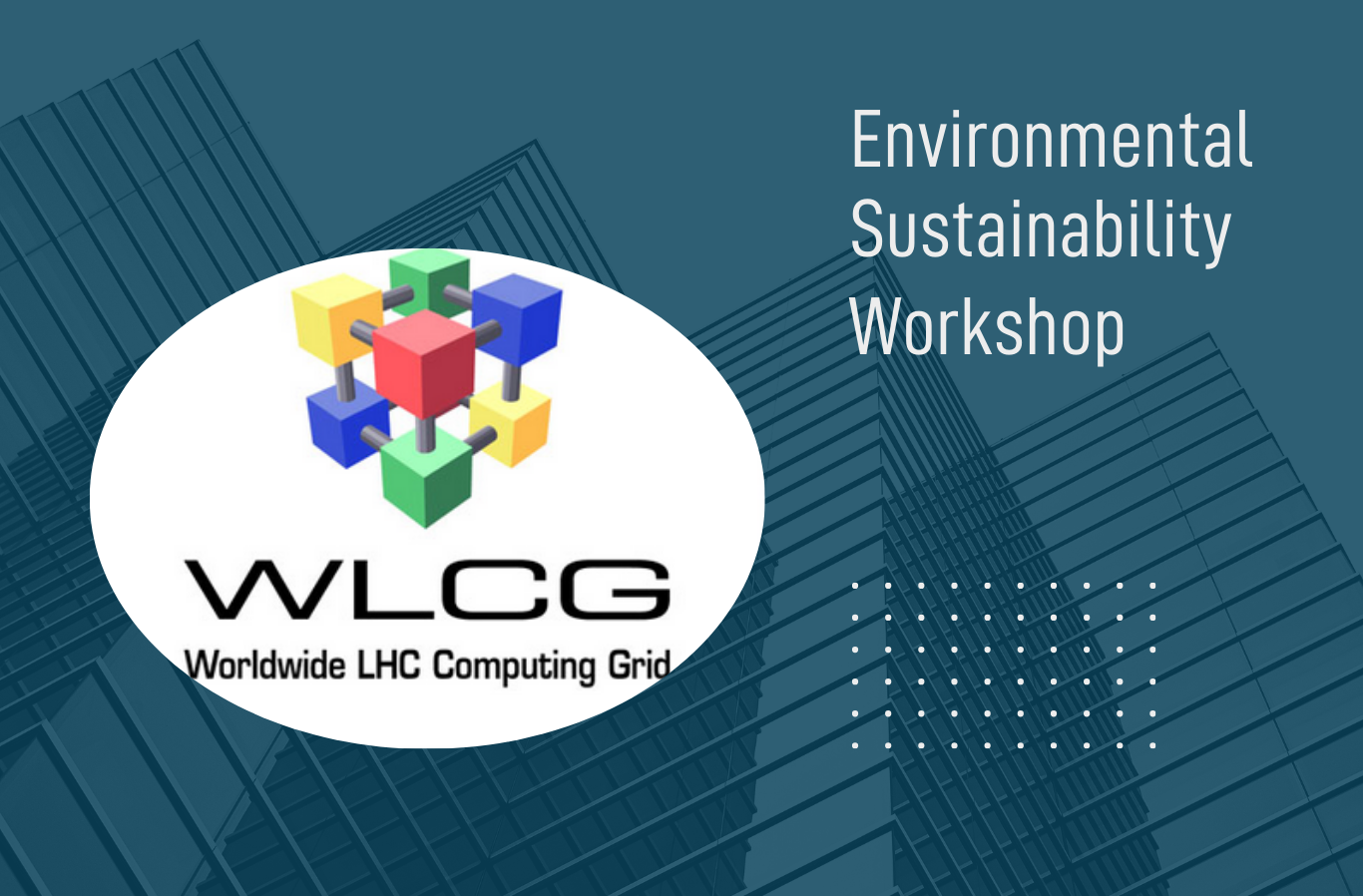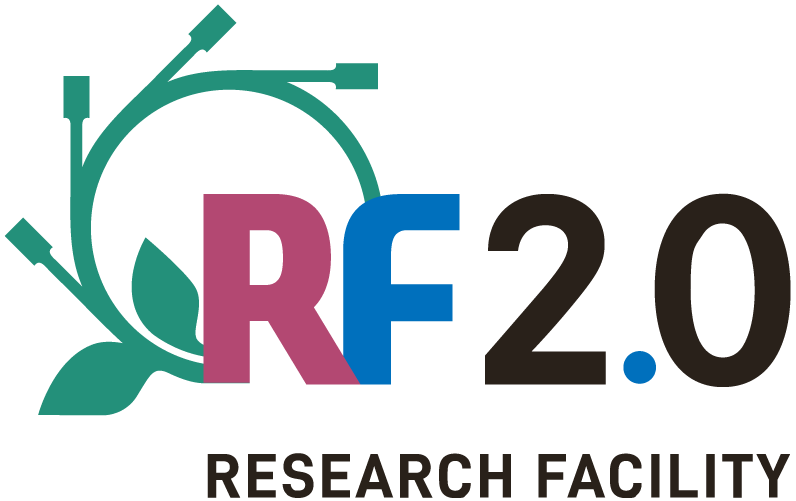
The RF2.0 project aims to reform the future of high energy physics and other scientific communities by creating blueprints for current and future infrastructures needed for large scientific collaboration and their optimal operation. To highlight the significance of the goals set by RF2.0, members of the project team actively participate in conferences and workshops to not only present their scientific work, but to also gain insights and inspirations from the current research going on elsewhere.
This post will highlight some of the ongoing work, inspirations and takeaways that RF2.0 members from DESY obtained from one such workshop that took place at the end of 2024.
The WLCG (Worldwide LHC Computing Grid) Environmental sustainability, three-day workshop (11th-13th December) in Geneva, Switzerland, for the first time focused solely on efforts regarding computing sustainability considering the global environmental concerns.
Dwayne Spiteri from DESY presented the sustainability efforts being carried out at their data-centres under the RF2.0 project.
Moreover, four main Large Hadron Colliders (LHC) facilities summarized their ongoing efforts on transformation of user behavior to be more sustainable and the steps they had taken to make their software more efficient in terms of sustainability metrics.
Additionally, considering the carbon foot print of data storage, an early-stage work (by Alex Owen1 and Sam Skipsey2) presented the carbon costs of data storage units and an initial effort to get a carbon life cycle analysis for data servers from manufacturers, both of which are essential for fully sustainable future data-centres. Another main focus of the event were the discussion sessions framed around WLCG´s three tasks it agreed can do to help sites and experiments be more sustainable:
- agree on metrics and provide a framework to collect information related to energy efficiency
- enable the use of more energy-efficient hardware where possible depending on the readiness of experimental software and the common libraries
- develop and promote a sustainability plan to improve energy efficiency and/or reduce carbon footprint, covering software, computing models, facilities and hardware technology and lifecycle.
All these tasks are highly relevant to the future operation of data-centres, and two of the most relevant outcomes of the discussions for the team at DESY were:
- to add the integration of the HEPiX benchmarking database into more development pipelines which was used as an input for the DESY simulation work
- to make carbon tracking software opensource such that it can be used by the wider WLCG community, which will be done for the digital twin in development at DESY
RF2.0’s mission in achieving low carbon and environmentally sustainable computing for large research infrastructures is clearly enhanced by collaboration and interaction with the scientific community. The networking efforts and discussions at such events show that DESY specifically and RF2.0 members in general are both learning from and contributing ideas to people already doing great work, enhancing the potential impact of deliverables of the project.

